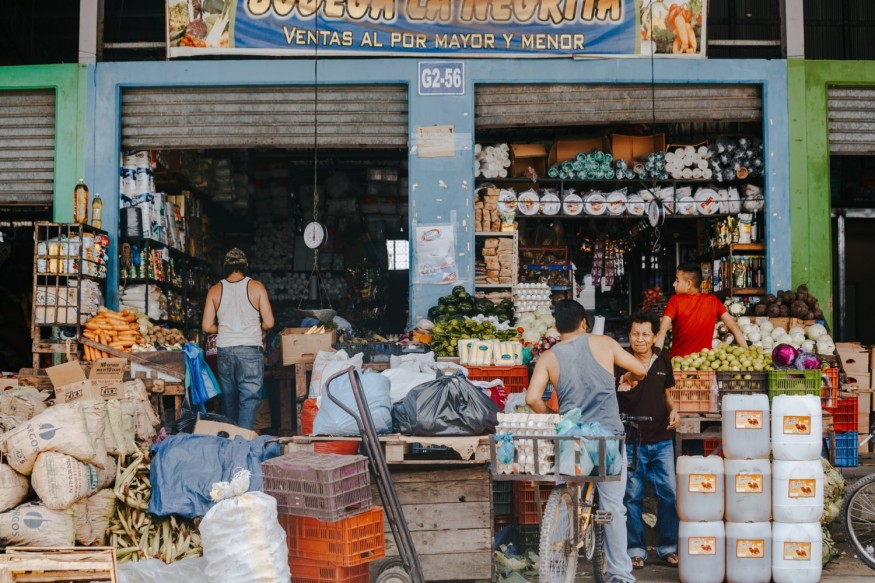Honduras: The Diverse Culture and People of the 'Banana Republic' of Latin America

Honduras is bordered by Guatemala, Nicaragua, and El Salvador while having four district regions such as the central highlands, Pacific lowlands, eastern Caribbean lowlands, and northern coastal plains and mountains.
It is also home to many colorful insects such as butterflies, beetles, and spiders. Large animals include deer, ocelots, and pumas.
IExplore reported that the concept of "banana republic" comes from the idea that Honduras was left a power vacuum to be filled with the departures of the Spanish rules despite being one of the earlier countries to break free from colonial rule.
The early 20th century saw U.S. companies arriving in Honduras to set up and export goods, mostly banana crops.
People of Honduras
Honduras has a diverse mix of people. The majority live in the highlands and practice the Roman Catholic religion. Most of the American Indians are Lenca and are now found in the southwest, near the Guatemala border, which is close to the most important Indian centers of the pre-Columbian period.
Meanwhile, small and isolated groups of non-Spanish-speaking Indians continue to live in the northeast, although their numbers are decreasing. These groups are the Jicaque, Miskito, and Paya, according to Britannica.
About nine-tenths of the population is Mestizoor, or a mix of European and Latin American descent. Minority ethnic groups compose about six percent of the population. Meanwhile, Blacks of West Indian origin and Garifuna make up a significant part of the population along the Caribbean coast, an area where English is widely spoken.
The official language of Honduras is Spanish. The largest remaining religious groups in the nation are Protestant, with notable congregations on the Bay Islands.
Protestant churches in Honduras have expanded rapidly since the upheaval caused by Hurricane Mitch in 1998.
Honduras Culture and Economy
The country vote for a president who serves a single four-year term, with the president appointing 18 governors to run administrative departments.
National Geographic noted that the departments are then further broken down, with localities being the most local government subdivision.
A third of the economy in Honduras is derived from agriculture. Coffee is the biggest export of the country, with bananas contributing a significant percentage of the money brought into the country.
Honduras was under military rule in 1969. During that time, a brief but serious war broke out with El Salvador due to a dispute over immigration and the lack of a clearly defined border between the two countries.
Honduran cuisine is a fusion of the Caribbean, the indigenous Lenca people, the Spanish, and Africa. The Garifuna also have their own way of cooking up a meal.
The staple food in Honduras is the same as in other countries in Central America. Corn-based tortillas are paired up with almost everything, starting with breakfast. Beans also play a part in the country's food.
The best-known dish from Honduras is Sopa de caracol, or conch soup.
READ MORE : El Salvador Travel: Best Tourist Attractions to Visit as the Central American Country Sees a Tourism Boom
This article is owned by Latin Post.
Written by: Mary Webber
WATCH: Honduras - All you need to know - Geography, History, Economy, Climate, People and Culture - from Geography Nuts
Subscribe to Latin Post!
Sign up for our free newsletter for the Latest coverage!
© 2025 Latin Post. All rights reserved. Do not reproduce without permission.














